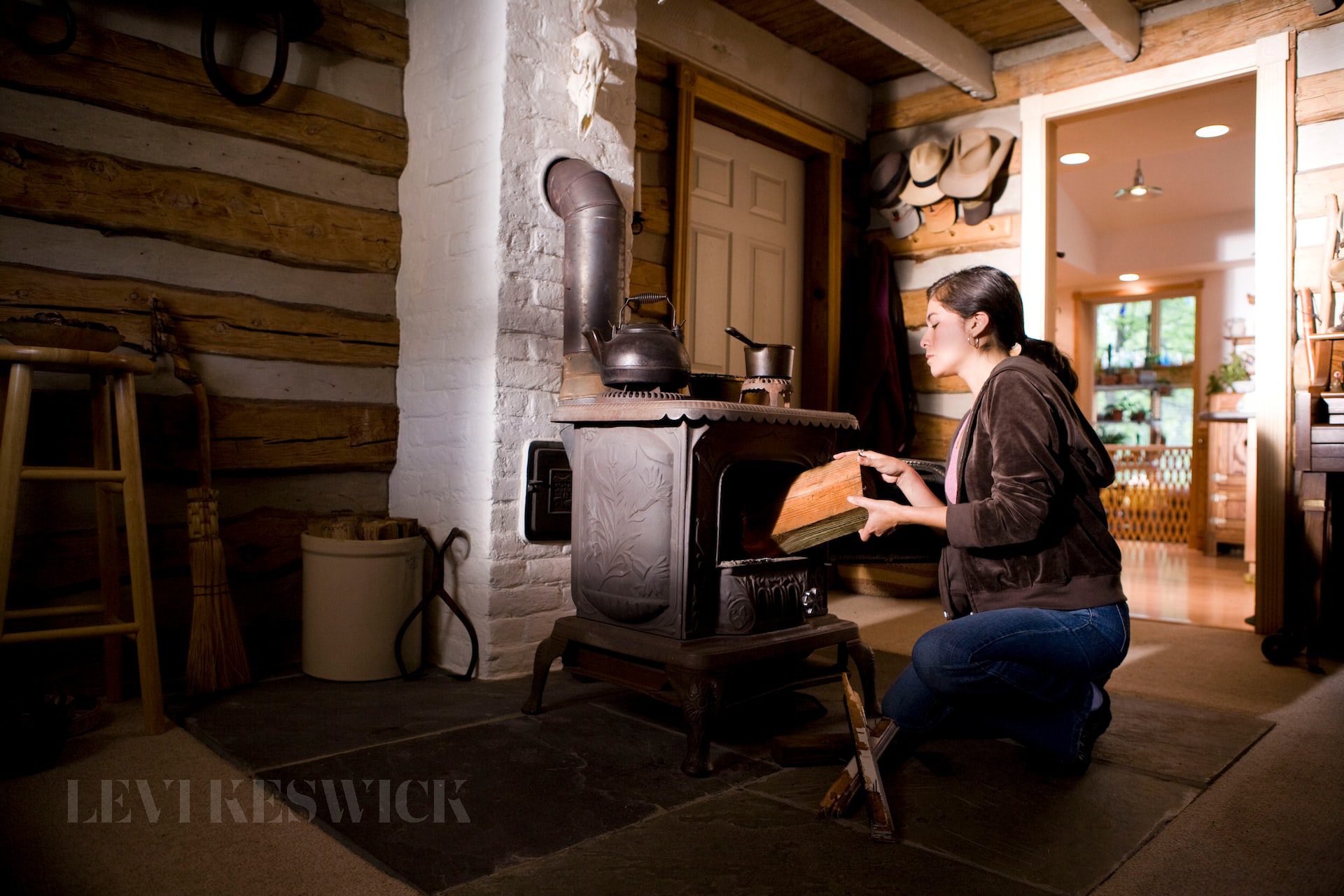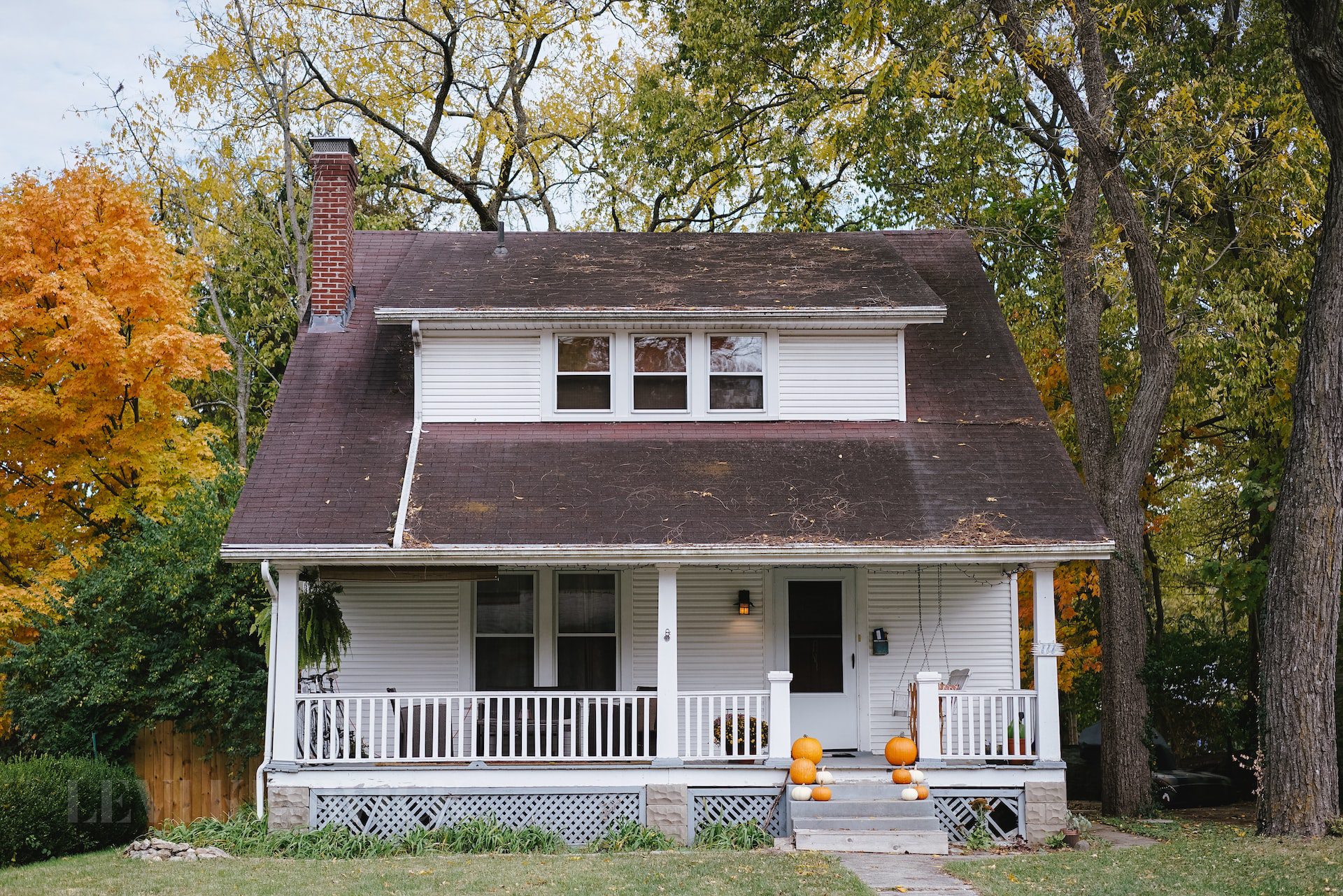Nobody enjoys having pests in their home. From ants to spiders, to mice and other rodents, these unwanted guests can be a major nuisance and even pose a health risk. Unfortunately, they are an inevitable part of life. But there are steps you can take to prevent them from bugging you. With the right knowledge and proactive measures, you can keep your home pest-free without resorting to harsh chemicals or expensive exterminators. Here we will discuss how best to go about doing this so that your family is safe from pesky critters while also protecting the environment around us.

Consider Hiring Professional Services to Aid You
These professionals typically use environmentally-safe methods to eliminate any existing infestations and provide preventative treatments that deter new ones from forming. They also possess the knowledge and expertise to identify potential problem areas and make suggestions on how to address them. Moreover, it is very important to hire the right type of exterminator for your case. If you are, for instance, living in Norwalk, Connecticut, it would only be logical to look for pest control in Norwalk, CT for your case. Consequently, if you are living in any other place, you should find the most suitable pest control option for your area. In some instances, such as in the state of Ohio, you may need to get a professional license for pest control businesses.
Keep the Area Around Your Home Clean and Free of Debris
Pests are attracted to clutter, so it’s important to keep the area around your home as tidy and organized as possible. Regularly clean out gutters and drains, remove debris from your yard, and store firewood at least 20 feet away from the house. Be sure to check window frames for any holes or crevices that pests may be able to slip through. Furthermore, make sure to keep your kitchen and other areas of your home free from crumbs, food waste, and other materials that may attract pests.
Seal Any Cracks or Crevices on the Outside of Your Home
This will prevent any pests from being able to enter your home through these cracks or crevices. More importantly, make sure to check for any gaps around your windows, doors, and other openings. Seal these with caulk or expanding foam insulation if necessary. Furthermore, regularly inspect your home’s foundation and repair any cracks or gaps that you may find. The vast majority of the time, these cracks or crevices will be the perfect pests entry point and they will be crucial for you to seal.

Regularly Inspect Both Inside and Outside of Your House for Signs of Pests
This includes checking for droppings, nests, and other signs of an infestation. It is a good idea to do this both inside and outside of your home on a regular basis. If you find any evidence of pests, contact a professional exterminator right away so they can take care of the problem before it gets out of control. The faster you act, the more likely it is that your home will remain pest-free. The inspection of your home would if you decide to hire professionals, end up costing you anywhere between $75 and $300 per service. On the other hand, if you decide to do it on your own, the cost will be almost non-existent. However, you will have to invest time in the process.
Store Food in Air-Tight Containers, Keeping Kitchen Surfaces Clean, and Remove Garbage Frequently
These steps will help to reduce the likelihood that pests will be attracted to your home in search of food. Store all food items such as grains, cereals, flour, sugar, and pet food in air-tight containers or plastic bags with tightly sealed lids. Wipe down kitchen surfaces regularly and remove garbage frequently. By taking these steps, you can drastically reduce the chances of a pest infestation in your home. Additionally, it is important to inspect food packages before bringing them into your home, as some pests may be hitchhiking their way inside.
Make Sure That Your Home Is Well-Ventilated and Dry
Humidity and moisture can attract various types of pests, so it’s important to make sure that your home is well-ventilated and free of any moisture. Check areas such as the basement, attic, and crawlspaces for signs of water damage and mold growth. If you notice any, address the issue promptly to prevent further infestation. Additionally, make sure that your bathrooms and other moist areas are properly ventilated with fans or dehumidifiers. By controlling humidity levels in your home, you can keep pests away.
There are several steps that you can take to prevent pests from bugging you. Keep the area around your home clean and free of debris, seal any cracks or crevices on the outside of your house, regularly inspect inside and outside for signs of pests, store food in air-tight containers and remove garbage frequently, and make sure that your home is well-ventilated and dry. By following these steps, you can help to ensure that your home remains pest-free.










